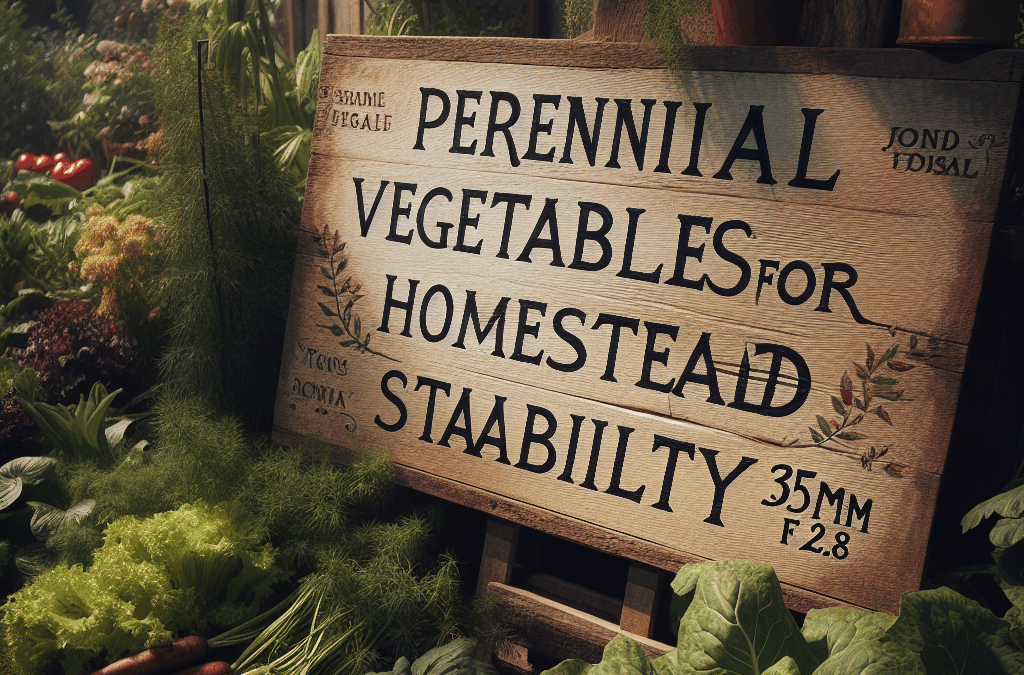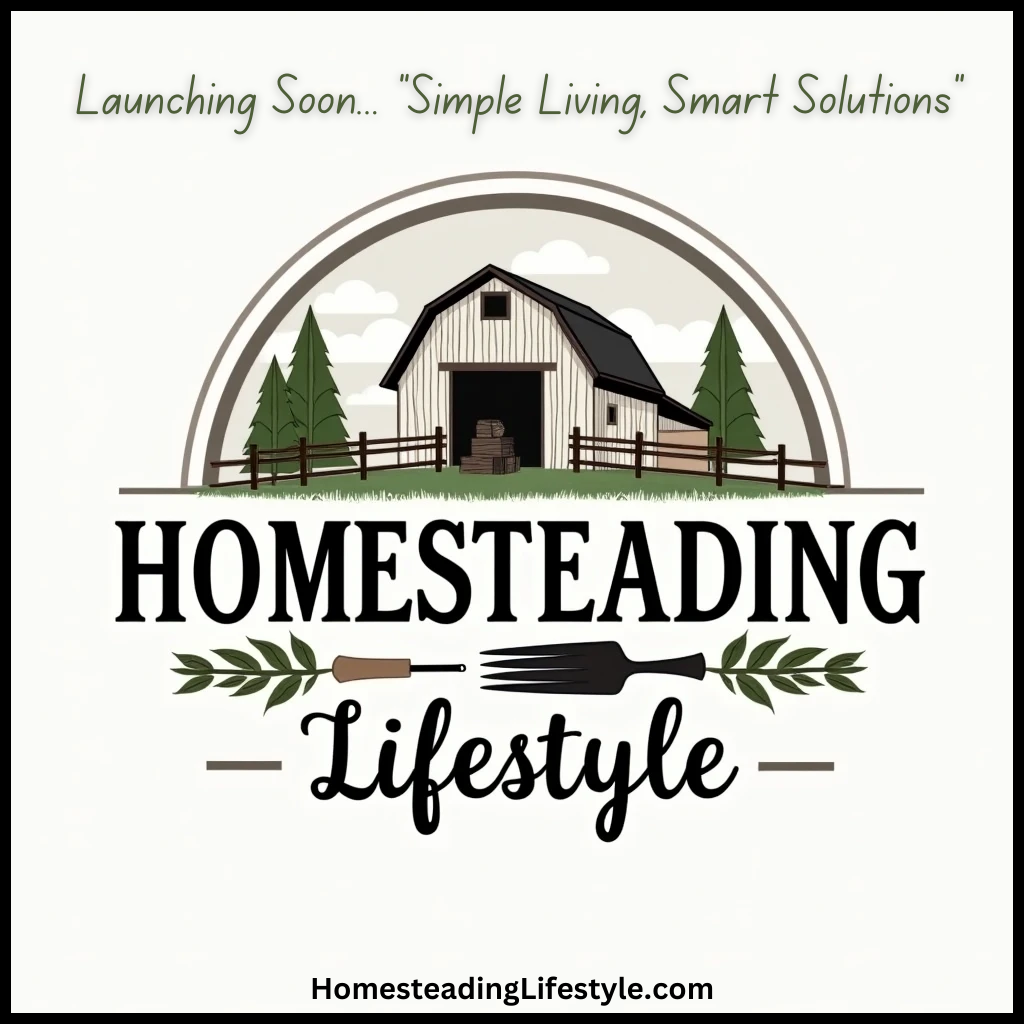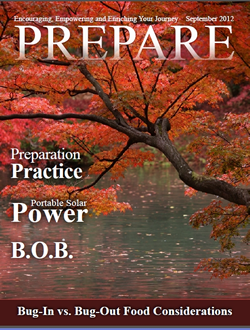Choosing the Right Perennial Vegetables
Understand Your Climate
When I started my homesteading journey, one of the first things I learned is that not all vegetables thrive in every climate. Whether you’re in a rainy region or a dry area, knowing your climate is essential for choosing the right perennial vegetables. For instance, some varieties like asparagus love cooler weather, while others, like artichokes, prefer it warm.
I spent countless hours researching which plants work best where I live, and it made a world of difference! I even consulted local gardeners and utilized extension services to get a better picture of what would grow harmoniously in my soil type and conditions.
Don’t forget to consider seasonal changes too! I remember planting some vegetables early in spring, only to realize the unexpected late frost wiped them out. Taking your local climate into account can lead to happier, healthier vegetables.
Soil Preparation and Quality
Once I decided which vegetables to plant, the next step was preparing the soil. Healthy soil is the cornerstone of a thriving garden, especially for perennial vegetables that will be with you for the long haul. I took a soil test to determine its pH and nutrient levels.
After identifying what my soil needed, I spent time amending it with organic matter, compost, and a touch of mulch. It’s amazing how enriching your soil can greatly enhance your vegetable’s growth and resilience over time.
It’s a bit of work upfront, but trust me, getting your soil right makes everything easier. Plus, healthy soil can reduce your need for synthetic fertilizers, which is a win for both you and the planet!
Selecting Suitable Varieties
There’s a mind-boggling number of perennial vegetable varieties out there, and it can be overwhelming! I recommend starting with a few tried-and-true options, like rhubarb or horseradish, as they are not only robust but also adaptable to different garden scenarios.
As you get more comfortable, feel free to branch out to more exotic choices like sea kale or perennial leeks. The fun part is experimenting and seeing what thrives in your homestead. I love swapping seeds and stories with my fellow gardeners to discover new favorites!
Remember to space your perennials appropriately. This isn’t just about looks; it’s vital for their health and growth. Crowding can lead to poor air circulation and competition for nutrients, so give your veggies the room they need to flourish.
Benefits of Growing Perennials
Continuous Harvests
One of the most rewarding aspects of growing perennial vegetables is the continuous harvest. Unlike annuals, which you have to replant year after year, perennials provide you with fresh produce season after season. I love the idea of walking into my garden and plucking fresh asparagus year after year without the hassle of reseeding!
It feels like a gift from Mother Nature herself, always ready with a delicious veggie option whenever I need it. And who doesn’t love less work in the garden? Fewer plantings mean more time to relax and enjoy the fruits of your labor.
Plus, knowing that you’ve invested time in something that will continue giving back can be incredibly satisfying. There’s something special about nurturing plants and watching them grow strong over several seasons.
Soil Health and Biodiversity
Another incredible benefit of perennial vegetables is the boost they provide to soil health. Their extensive root systems help to aerate the soil and create pathways for water absorption. I often find that areas of my garden with perennials have richer soil over time, thanks to their deep roots.
Perennials also contribute to biodiversity in your garden. By planting a variety of species, you provide habitats for beneficial insects and pollinators, which is something I’m deeply passionate about. It’s kind of like creating a little ecosystem in your backyard!
This increased biodiversity can reduce pests and diseases, creating a natural balance in your garden. And trust me, having fewer pests means fewer worries. It allows you to focus on enjoying your gardening experience rather than battling invaders!
Sustainability and Low Maintenance
One of the best things about these hardy vegetables is that they’re often more sustainable. They require less water and fewer resources over time than annuals. Once they’re established, perennials can often withstand tougher conditions, making them a great choice for the eco-conscious gardener.
Establishing perennials might take longer at first, but they generally require less maintenance once they are up and running. I find myself spending less time watering or fussing with these plants compared to annual veggies that need constant attention.
This aspect fits perfectly into my busy lifestyle! It gives me the peace of mind to know I can enjoy the garden without the intense upkeep often associated with traditional gardening. Plus, every spring, my perennials come back to life, and it’s like getting a new gift each year!
Integrating Perennials into Your Garden Design
Planning Layout Effectively
Let’s get into the nitty-gritty; how do you fit all these beautiful perennials into your garden? Planning is key! Start by sketching your garden out on paper, considering the height and spread of each plant. I’ve realized that taller plants often create excellent backdrops for lower ones; it’s all about layering.
I love using companion planting principles to group flavors together while maximizing space. For instance, pairing asparagi with strawberries creates a delightful combination, plus the berries delight in the shade provided by the asparagus stalks.
Also, think about aesthetics! I like to decide where each plant goes not just based on practicality but also visual appeal. It’s just so wonderful to create a space that’s both productive and beautiful!
Companion Planting with Perennials
Companion planting has been a game-changer in my garden. Not only does it enhance flavor, but it also bolsters plant health. I discovered that planting perennials alongside annuals can help ward off pests. For example, planting marigolds alongside your perennials can deter unwanted bugs like aphids.
It’s like building a community among your plants; they support each other and keep the ecosystem balanced. I often experiment with different combinations to see what works best, making it a fun personal project every growing season!
Don’t be afraid to adjust your strategy as you learn. Over the years, I’ve discovered certain pairings that surprise me with their success. Gardening is all about experimentation, so keep regarding the layout as a living art that will continuously evolve!
Establishing Maintenance Routines
Even though perennials tend to require less maintenance, they still need some TLC. I’ve created a simple routine to check my plants regularly for any signs of trouble. This low-maintenance lifestyle doesn’t mean neglect; instead, it’s about being proactive and observant.
I also learned that mulching helps suppress weeds and retain moisture. That’s a win-win in my book! Each spring, I spend a bit of time refreshing the layers, which has made a noticeable difference in the health and productivity of my perennials.
Finally, don’t forget to communicate with other gardeners. Sharing tips, experiences, and failures can help you deepen your maintenance knowledge. Keeping the conversation going keeps the gardening spirit alive, and there’s always something new to learn!
Final Thoughts on Perennial Vegetables
In closing, integrating perennial vegetables into your homestead isn’t just about food; it’s about creating a sustainable way of life that fosters resilience and health. Each season, I find myself grateful for the time invested in these hardy plants that keep giving back.
As you embark on your own adventure with perennials, remember to stay curious and open to learning. There’s a whole world of vegetation just waiting to contribute to your garden. It’s truly a journey worth taking!
Good luck, and may your homestead stability grow strong with every new plant you nurture!
FAQ
1. What is a perennial vegetable?
A perennial vegetable is a plant that lives for multiple growing seasons. They do not need to be replanted each year, making them a sustainable option for homesteaders.
2. Why should I grow perennial vegetables?
Perennial vegetables offer continuous harvests, improved soil health, and require less maintenance than annuals. They also add biodiversity to your garden.
3. How do I choose the right perennial vegetables for my garden?
Consider your local climate, soil quality, and which plants you enjoy eating. It’s also helpful to talk to local gardeners and reference resources specific to your area.
4. Can I grow perennial vegetables in containers?
Yes! Many perennial vegetables can thrive in containers, just ensure they have enough space to grow and are provided with proper care.
5. How do I maintain my perennial vegetables?
Regularly check for pests, apply mulch to retain moisture, and refresh soil nutrients as needed. Observing your plants and remaining proactive is key!





